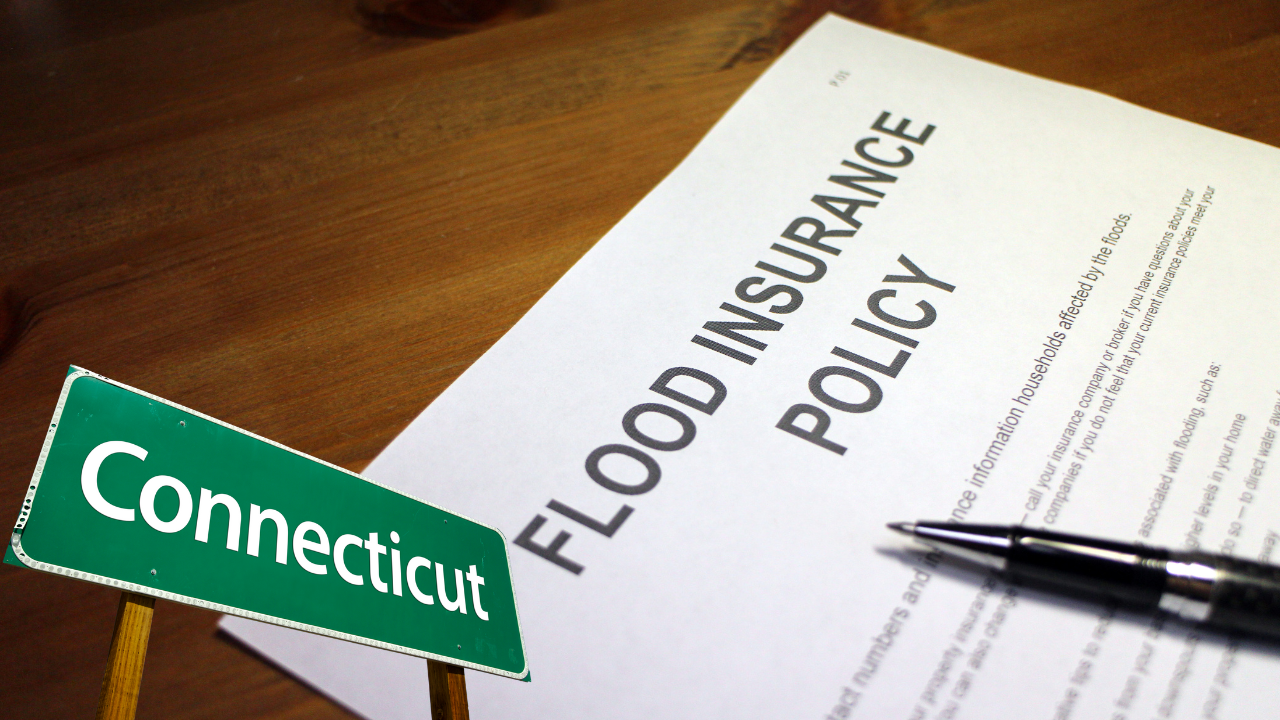Search for topics or resources
Enter your search below and hit enter or click the search icon.
October 10th, 2025
2 min read
By Chris Greene

More and more Connecticut residents are finding out the hard way that flood insurance pricing has changed, and Fairfield is one of the most expensive counties in the state.
But here’s the good news: most people don’t understand how flood insurance rates are calculated, and once you do, you can actually lower your costs.
This article will explain:
Why Fairfield County premiums are often so high
What goes into your National Flood Insurance Program (NFIP) or private flood insurance quote
What steps you can take to lower your rate
What one homeowner did to save more than $2,000 per year
Elevation: If your lowest floor is below the Base Flood Elevation (BFE), your rate goes up drastically.
Distance to Water: The closer your home is to the coast, river, or sound, the higher the risk, and the higher the premium.
Foundation Type: Crawlspaces and basements typically cost more to insure because they flood more easily.
Construction Year: Pre‑FIRM homes (built before 1978, according to FEMA guidelines) often cost more because they’re not built to newer flood‑resilience standards.
Cost to Rebuild: The replacement value of your home affects premiums because higher value means higher exposure.
| Risk Zone | Typical Cost (NFIP) | Typical Cost (Private) |
|---|---|---|
| Zone AE (below BFE) | $2,500 – $4,800 | $1,800 – $3,500 |
| Zone AE (with Elevation Certificate) | $900 – $2,100 | $800 – $1,600 |
| Zone X | $400 – $800 | $300 – $700 |
.png?width=771&height=434&name=Neill%20Insurance%20(78).png) 3 Ways to Lower Your Premium
3 Ways to Lower Your PremiumGet an Elevation Certificate — often cuts thousands off your rate by showing you’re above BFE.
Raise Your Deductible — higher deductible equals lower annual premium if you’re comfortable taking more upfront risk.
Switch to Private Insurance — in many cases you can save 20 % to 50 % by comparing private versus NFIP options.
Why is my flood insurance so expensive in Fairfield County?
Premiums are driven by elevation, proximity to water, home value, foundation type, and claims history, not just your flood zone.
Can I lower my flood insurance cost without moving?
Yes. Elevation certificates, higher deductibles, switching to private insurance, and mitigation efforts can all reduce your rate.
What’s the average flood insurance cost in Connecticut?
Homeowners in Connecticut pay on average around $1,400 annually under the NFIP, with rates in coastal Fairfield County often higher.
What happens if a property is rezoned into a high‑risk flood zone?
If your home is newly mapped into a Special Flood Hazard Area (SFHA), you may face higher premiums. You may still qualify for grandfathering, Preferred Risk Policy (PRP), or reduced rates if you act quickly and use an elevation certificate.
Does installing flood mitigation measures help reduce premiums?
Yes. Mitigation like flood vents, raised utilities, drainage improvements, and elevation can lead to meaningful rate reductions and even credits through certain carriers.
Don’t guess on your rate, get a real quote today. We’ll compare NFIP and private flood insurance side‑by‑side, show you how elevation affects your price, and help you pay less for the same protection. Let’s make sure your insurance works for you, not against you.